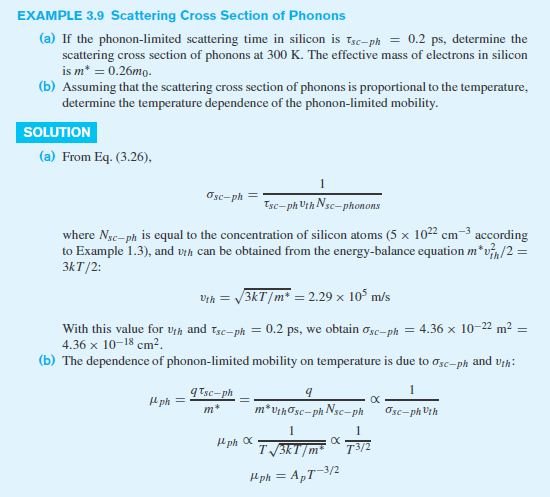I'm working through Example 3.9 from Sima Dimitrijev's Principles of Semiconductor Devices textbook, and I'm not sure how to know which units to use for k in solving for \$v_{th}\$ in part a. The result there is obtainable using the Boltzmann constant k with units in J/K. So far in this textbook we've been using k with units in eV/K. I need insight into knowing which version of k to use, as both versions lead to a final answer with the same units.
When I divide eV/J in Wolfram|Alpha I get a unitless number \$1.602 \times 10^{-19}\$, which I recognize as the value of electron charge with units in Coulombs. I feel like this is key to understanding my question but I'm not quite there. Any help is greatly appreciated!

